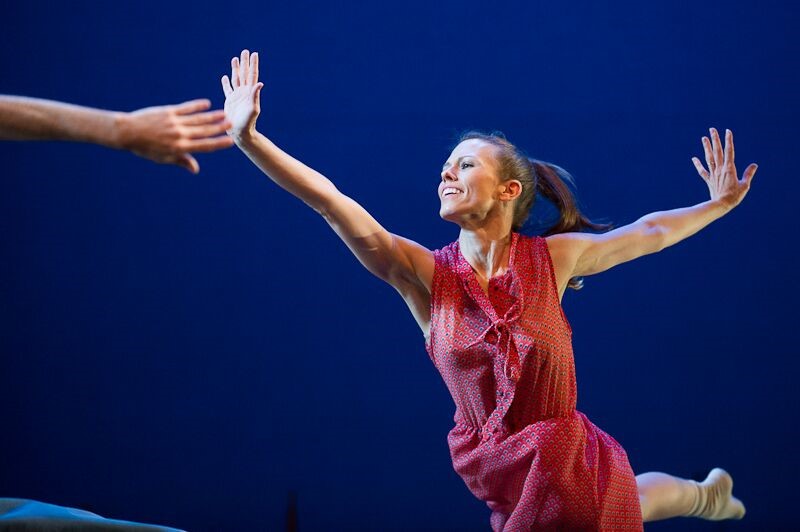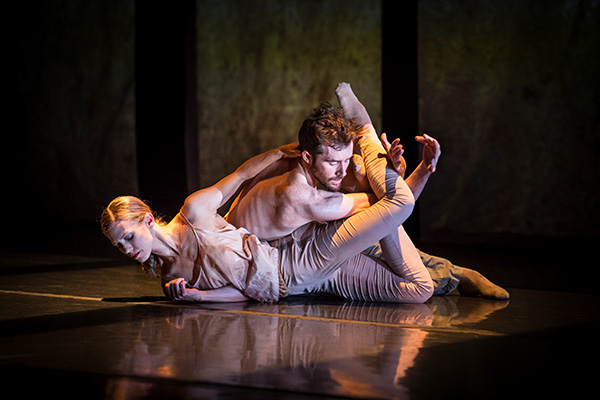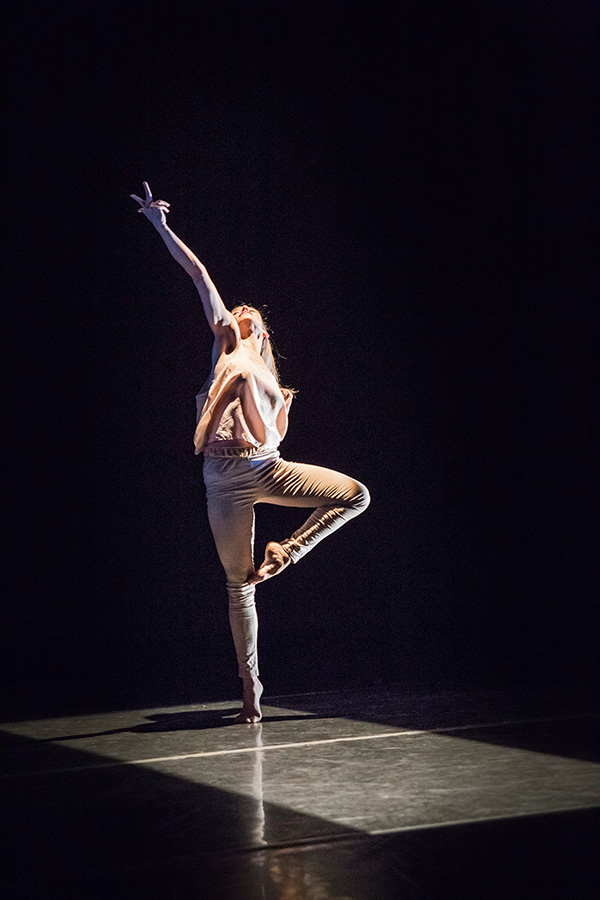Present Day Dancing
Lillian Barbeito is the co-director of BODYTRAFFIC, a contemporary dance company in Los Angeles, California. She shares her views on contemporary dance’s relevance and context. This interview is part of a series on contemporary dance.
~~
How would you define contemporary dance to someone without a background in dance?
Moving or holding still with awareness and intention, with or without music, while relating to space or life in order to express something through the body. Or, present day dancing.
How would you recommend a student train for a contemporary dance career?
I would recommend legitimate classical ballet and at least one pioneering modern style (such as Graham or Limon) as a foundation. Once the foundation is laid, I would suggest branching out into hip hop (for musicality), jazz (for presentation), and a more current style such as Countertechnique. Supplementing advanced training with yoga, Gyrotonic, Alexander technique, or Pilates (depending on the individual’s needs) is also a great idea. Contact improvisation (for partnering) and improvisation (for the ability to generate material during a creation process and make “game time” decisions onstage) are imperative for any and every contemporary dancer.
When did contemporary dance emerge? Do you consider it a growth out of modern and/or post-modern dance?
Yes, I’d say contemporary emerged out of modern and post-modern dance. The beginning is difficult to pinpoint, but I’d say the genre was well established by the late 1980s.
Are there successful funding models for contemporary dance?
Most cities in Europe have theaters with resident choreographers and dancers who are supported by the government (via tax monies). Also, Canadian artists seem to get quite a bit of government support.
How do you perceive your work contributes to the contemporary dance arena?
My co-director Tina and I believe in our repertory tremendously. The work moves audiences. We also do a ton of outreach (including customized experiences with differently abled and underserved communities) that rocks our souls while healing others through dance. We provide jobs, a platform for artists to collaborate and express themselves, and inspiration.
In what direction do you see contemporary dance evolving? What does the future of contemporary dance look like?
It seems inevitable that there will be more dance on film, in apps, on TV, and virtual reality. I am very eager to be a part of the next genre of dance. I don’t know what it will look like, but I’m certain, because it is dance, that it will be wonderful.
~~
Lillian Barbeito is the co‐director of BODYTRAFFIC. A native of Santa Fe, New Mexico, she received a BFA from Juilliard before embarking on an extensive performance career that took her to Europe, New York, and finally to Los Angeles, where she founded BODYTRAFFIC with Tina Berkett. Lillian is one of 20 teachers in the world who is certified to teach Anouk van Dijk’s Countertechnique. She has choreographed over 50 works for high schools, universities, ballet companies and modern dance companies throughout the US and Canada. Lillian is currently a professor at Loyola Marymount University.



